Microsoft Surface Laptop Go 3 Review
If you buy through our affiliate links, we may earn commisions, which helps support our independent reviews. As an Amazon Associate, we earn from qualifying purchases at no cost to you.
Design
While you can think of the Microsoft Surface Laptop Go 3 as Microsoft’s version of the MacBook Air (M2), there are some key differences you should know about. First, the Microsoft Surface Laptop Go 3’s dimensions are 10.95 x 8.12 x 0.62 inches, with a 12.4-inch screen with a resolution of 1536x1024, and a weight of 2.49 pounds. The MacBook Air (M2) is a little bit heavier (2.7 pounds) and has a larger 13.6-inch screen, which features a higher resolution of 2,560 x 1,664.
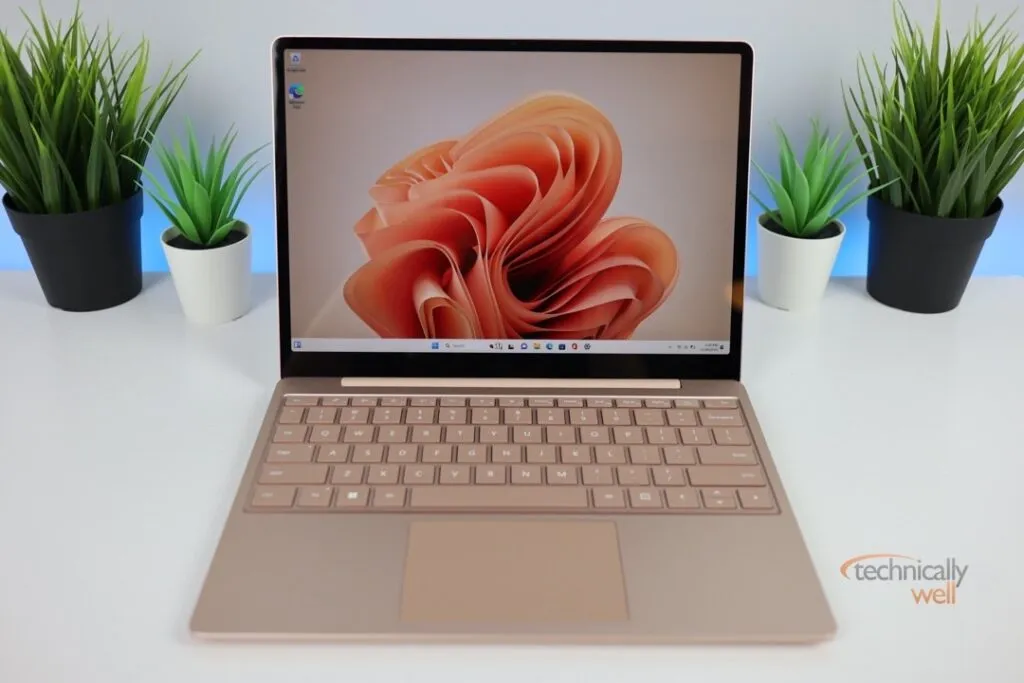
While both the Surface and the MacBook feature a USB-C port (for display, data and charging) and a headphone jack, only the Surface offers a “traditional” USB-A port, while the MacBook instead has a second USB-C port.
Disappointingly, there is no keyboard backlight on the Microsoft Surface Laptop Go 3 (which is odd for a laptop at this price point), whereas the keyboard is backlit on the MacBook Air.
I’m reviewing the “Sandstone” color which I believe resembles more of “Rose Gold” color of the iPhone than it does a brown sandstone. While the top of the laptop has a nice aluminum finish, the bottom feels like it is mostly plastic (although Microsoft states there is some aluminum mixed in with it as well).
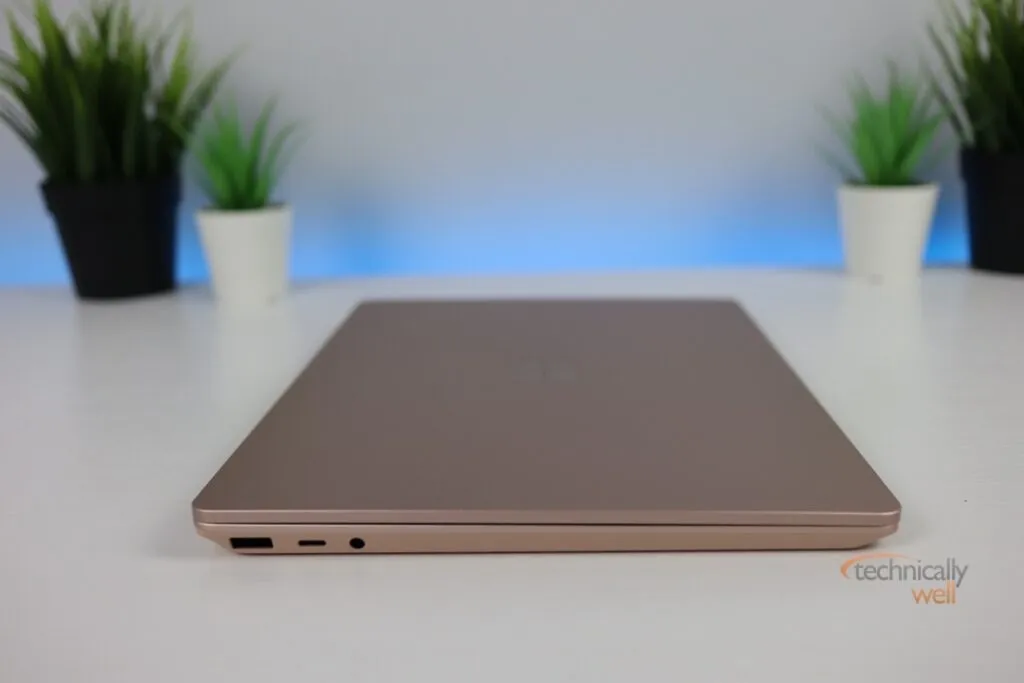
Performance
Microsoft included last year’s i5 12th Gen Intel 1235U processor in the Surface Laptop Go 3 which is an odd choice for a laptop at this price point. For a couple hundred more (or less, depending if it’s on sale), you can get a MacBook Air with a current generation M2 processor).
The Surface model I’m reviewing only has 8GB of RAM which is becoming the minimum amount you need for acceptable Windows 11 performance. If you can, I would spring for the 16GB model.
The Cinebench R23 score came in with a Multi-core score of 5284 (for reference, a MacBook Air 2 M2 typically comes in around 8400).
Even though the specs are not the best, I did test it out with some web development with Node.JS and Puppeteer and found it to still be very responsive, but I was easily maxing out the 8GB of RAM.
You could enjoy some casual games on this laptop (think Candy Crush), but it likely won’t meet the needs of more graphics-intense games.
Features
-
12.4” Display: While a nice balance between size and portability, the screen is smaller than the MacBook Air and has a lower resolution of 1536x1024 (if you look closely at the screen, you can see the pixels). The screen is a touchscreen (something the MacBook Air does not have), but as such, the screen has a shiny finish meaning that it can be too reflective to use outdoors or near a window.
-
Fingerprint reader: The power button also serves as a fingerprint reader for Windows, allowing you to login to Windows quickly. Although the keyboard is not backlit, the fingerprint reader key does light up so you can easily find it when you are prompted for your fingerprint.
-
Dock and charge via USB-C: The 4 USB-C port on this laptop allowed me to “dock” it with both my Dell and Belkin USB-C docks without issue.
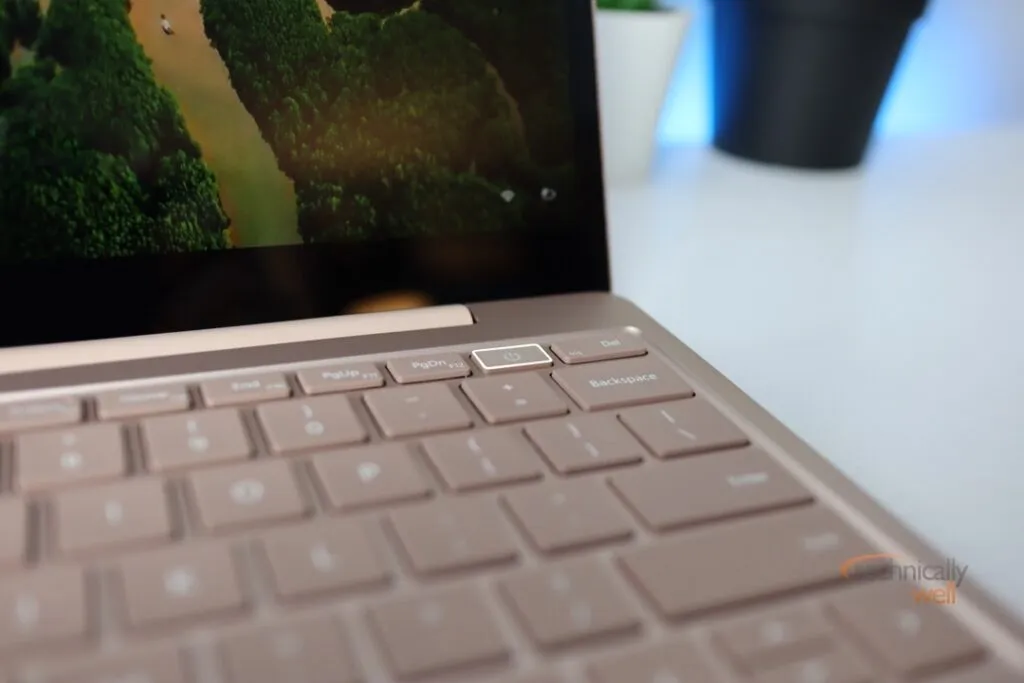
Battery Life
Microsoft states that the battery can last up to 15 hours with “normal” usage (I’m thinking editing a Word document on web browsing). I’ve easily gotten through a day of on and off usage with this laptop.
The included charger uses the proprietary Surface connector located on the right side of the laptop, but you can also charge it with many USB-C chargers and docks.
Our Verdict
Overall, the Microsoft Surface Laptop Go 3 is a nicely designed and portable laptop, but at its MSRP price point, the processor speed and RAM are unimpressive. However, if you can get this laptop on sale, I think it would be fine for most college students for word processing and web browsing and even some developers who want a second machine that is easy to grab on the go.
PROs
- Light and portable
- Built-in fingerprint reader
CONs
- Processor and RAM could be better at this price
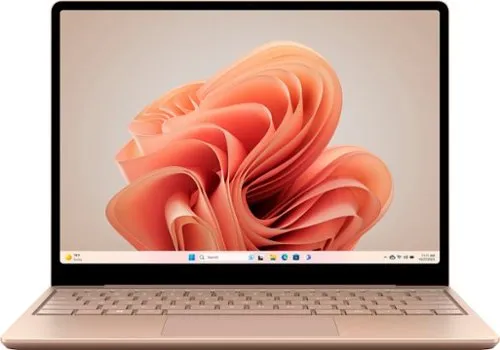
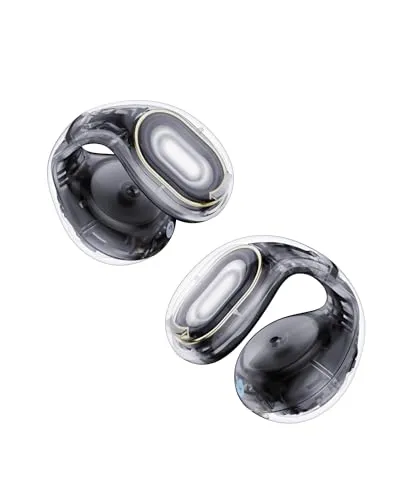
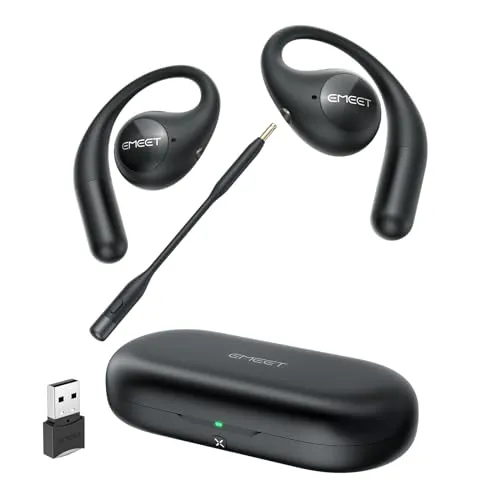
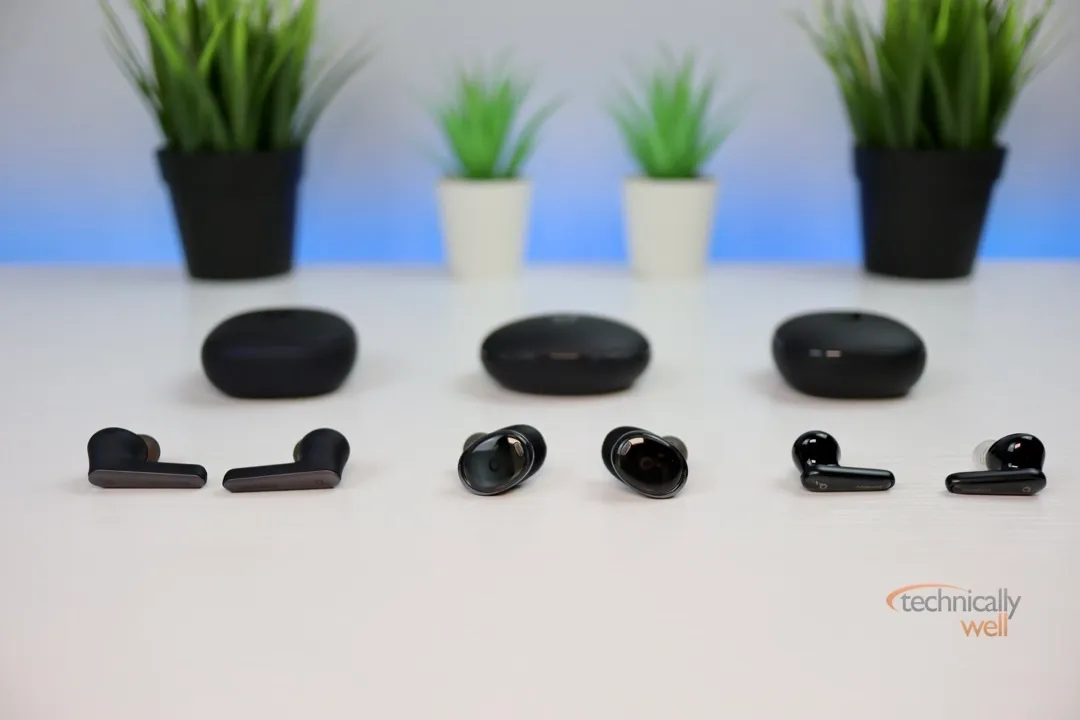
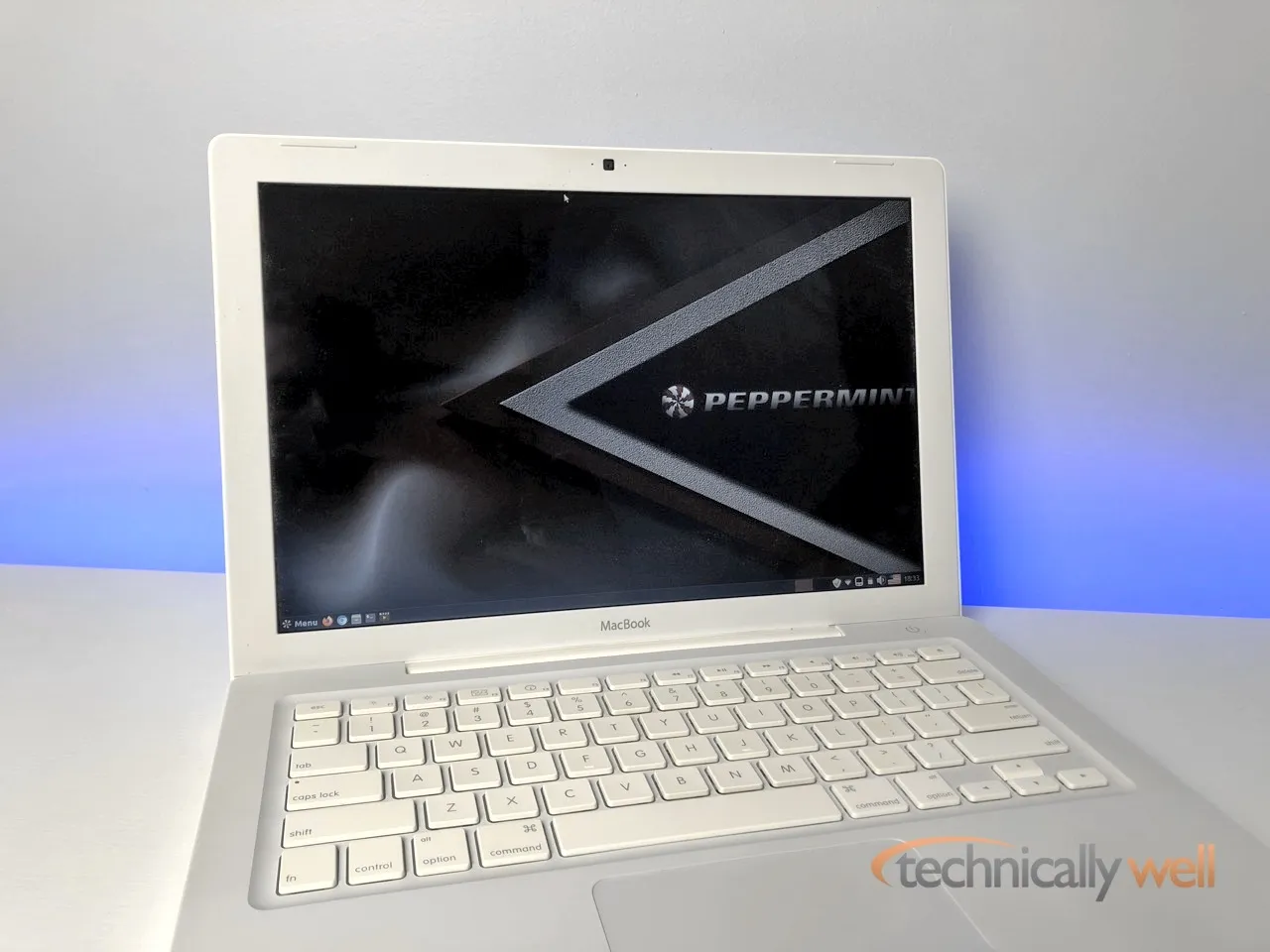
 Hi, I'm Ryan! I've worked in the IT industry for over two decades and I love checking
out new gadgets, apps, and services that make our lives easier.
Hi, I'm Ryan! I've worked in the IT industry for over two decades and I love checking
out new gadgets, apps, and services that make our lives easier.